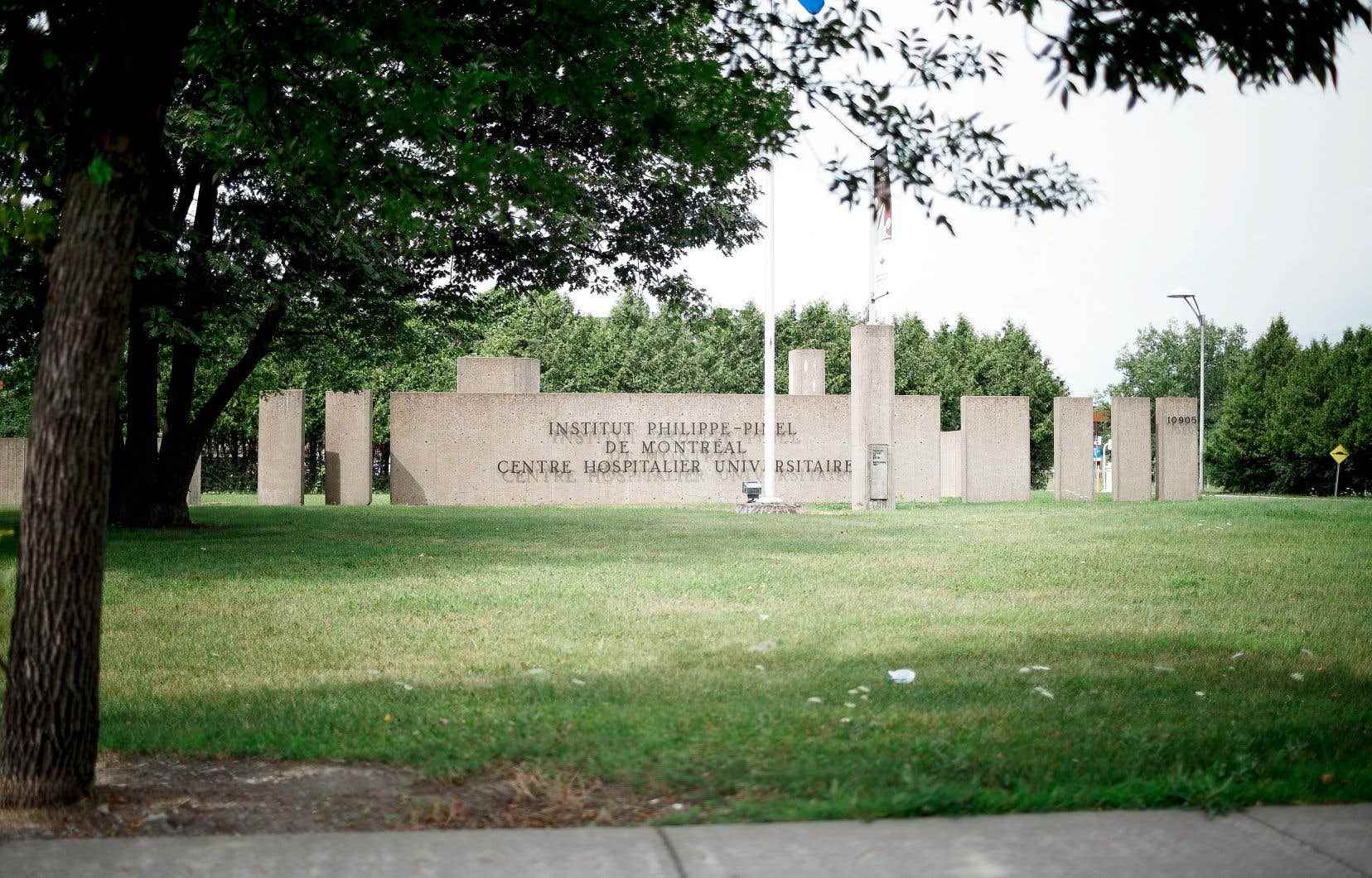This text is part of the special section 100 years of Acfas
The 1970s were marked by a new way of approaching crime associated with mental health issues. The emergence of a discipline, forensic psychiatry, illustrates the shift from a coercive and punitive vision to a solution centered on rehabilitation.
In Quebec, the history of this discipline is closely linked to that of the Institut Philippe-Pinel, in Montreal. In the early 1960s, the Quebec government set up a study commission for psychiatric hospitals, shortly after the publication of the book The madmen are crying out for help!. Its author, Jean-Charles Pagé, denounces the treatment and living conditions in the “asylums” of the time. The commission then published its conclusions in the Bédard report, which proposed the deinstitutionalization of psychiatric health care.
A new committee, made up of doctors Lucien Panaccio, Bruno Cormier and Camille Laurin, is mandated to reflect on the creation of a modern hospital with maximum security, where treatments are focused on patient rehabilitation: the Philippe-Pinel Institute. “There was a desire to combine criminology, psychiatry, nursing care, psychology, psychoeducation,” says Anne Crocker, professor at the School of Criminology at the University of Montreal and director of research and teaching at the Philippe-Pinel Institute. We could also test the risk assessment tools we had: are they useful for workers, do they really predict future behavior? »
Bruno Cormier also deserves special attention, according to Mme Crocker, since this pioneer in the field co-founded the first forensic psychiatry clinic in the country, at McGill University, in 1955. “He was a very committed man, whether at the political, artistic, scientific and psychiatric levels”, adds the teacher.
Criminologist Marie-Andrée Bertrand is also a key figure, through her social and human approach. This pioneer of the anti-prohibitionist movement promoted forward-thinking ideas about decriminalization and alternatives to criminalization. Marie-Andrée Bertrand is also the first Quebecer and the first woman to obtain a doctorate in criminology from the University of California, Berkeley, in 1967.
Risk Assessment
While research in forensic psychiatry was developing across Canada and elsewhere in the world, in the 1970s, Sheilagh Hodgins was already working on the problems of serious mental disorders and criminality. “Science was in the process of demonstrating the increased risk and the type of patients who could potentially become violent, it was a tremendous learning period”, testifies the professor in the Department of Psychiatry and Addiction at the University of Montreal and researcher at the Philippe-Pinel Institute.
Sheilagh Hodgins was particularly interested in a subgroup, that of men suffering from schizophrenia and plagued by behavioral problems since childhood. It showed that they were at a higher risk of committing crimes and physical assaults during their adult life.
“At the time, antipsychotic treatments were being started, but they were still poorly understood, and there was not enough knowledge about rehabilitation methods in the community, which ultimately turned out to be the key to prevention. crimes,” she said. From now on, it is established that people suffering from serious mental disorders need a framework and a specific accompaniment so that one makes sure that they do not consume drugs and that one can help them to regulate the conflicts without the use of violence.
Hence the importance of forensic psychiatric hospitals like Philippe-Pinel, according to the researcher. “The best treatments are given in this type of hospital, because we can keep the patient for a long time, a year or two, to implement a multidimensional approach,” she continues. We can adapt the medication, offer professional rehabilitation programs and reintegration into society. »
Comparative studies show that men suffering from schizophrenic disorders show fewer symptoms and are less inclined to use violence when they are treated in forensic psychiatric hospitals, rather than in general psychiatric services.
Between knowledge and action
Although significant progress has been made in this discipline, much remains to be done, according to Sheilagh Hodgins. “There is a big gap between what we know and what we do, that is to say between knowledge from scientific research and clinical practice,” she says. We could prevent a lot more crimes if we had the personnel resources and the funds to set up adequate services and clinical trials. »
Prevention is indeed a large-scale societal project involving all areas and levels of government. “Now that we know that there are many psychosocial determinants associated with illness and criminal and violent behavior, what can we put in place as a society, what environment can we build to prevent this? asks Anne Crocker.
While reintegration — rather than incarceration — is the only possible path to public safety, according to the professor, this question should gain momentum in public debates in the coming years.
